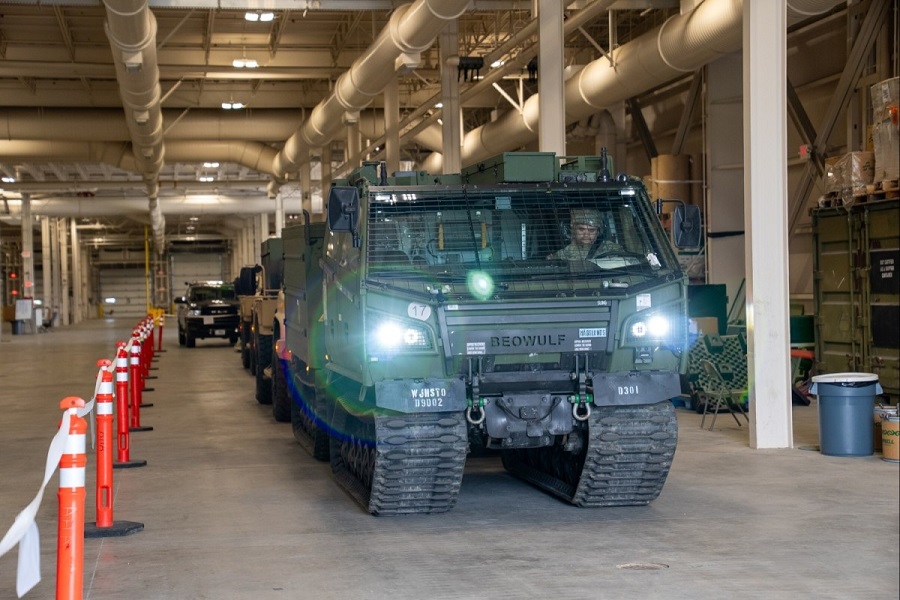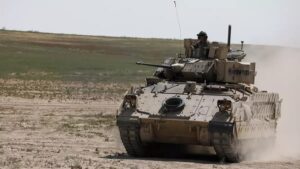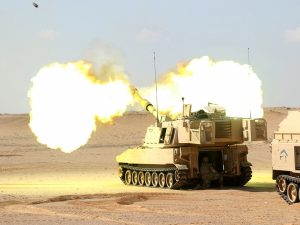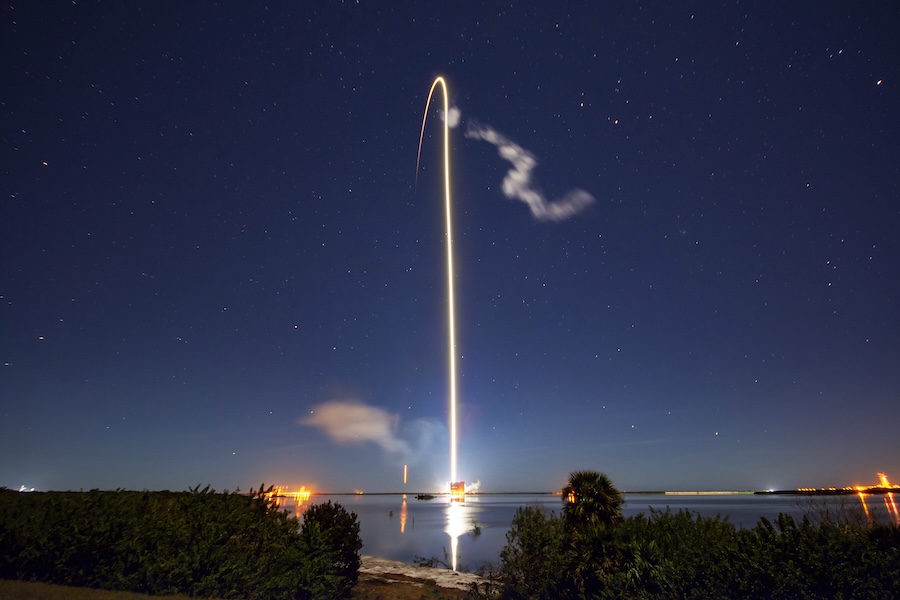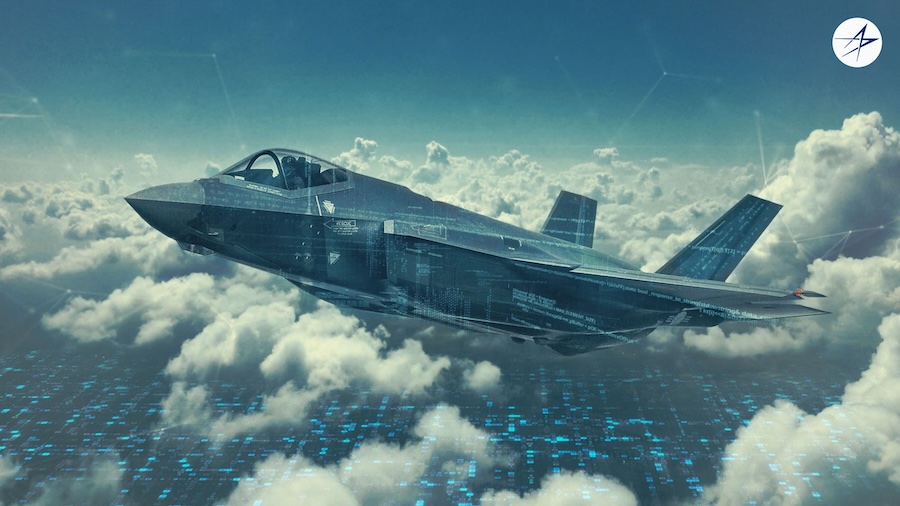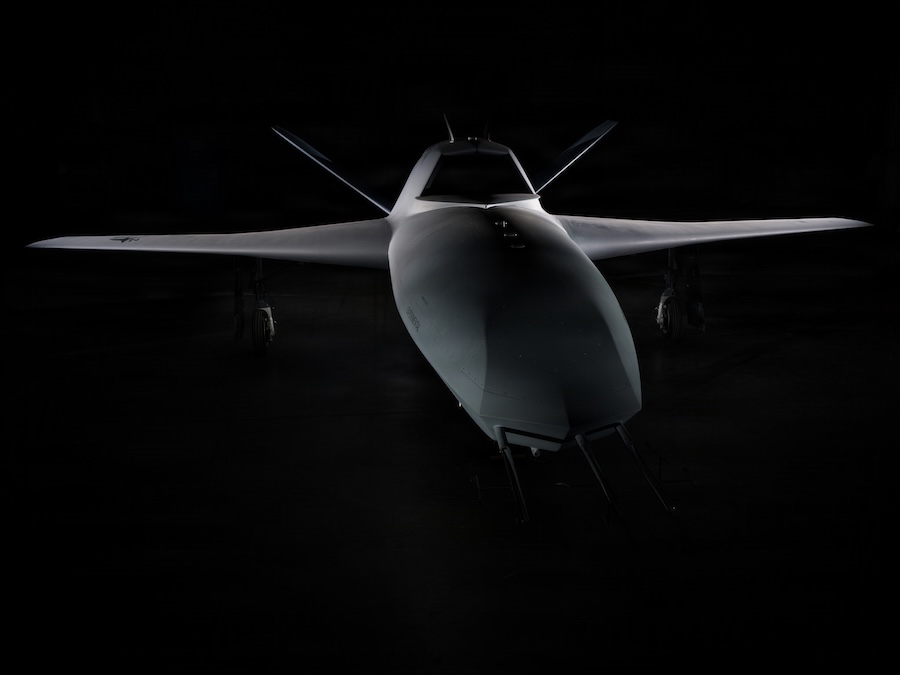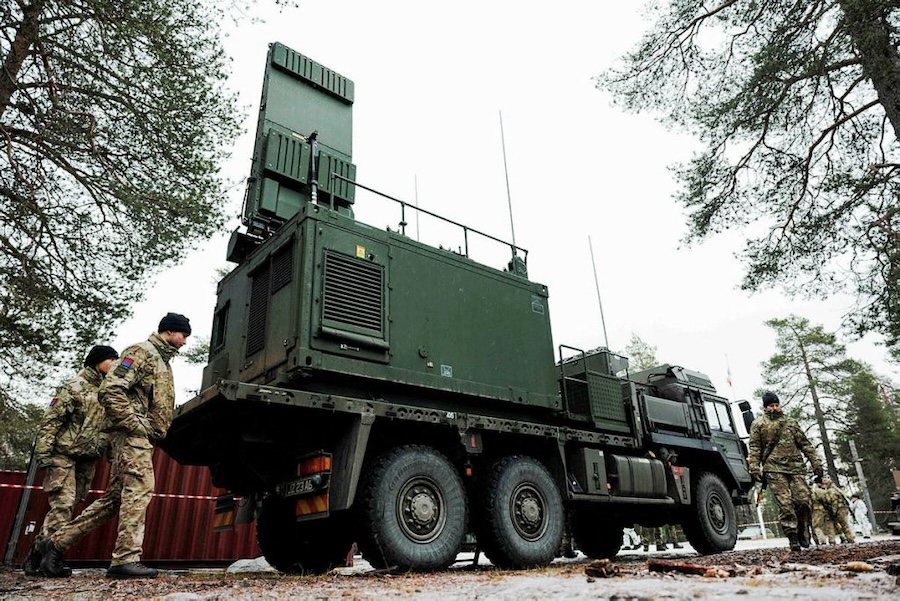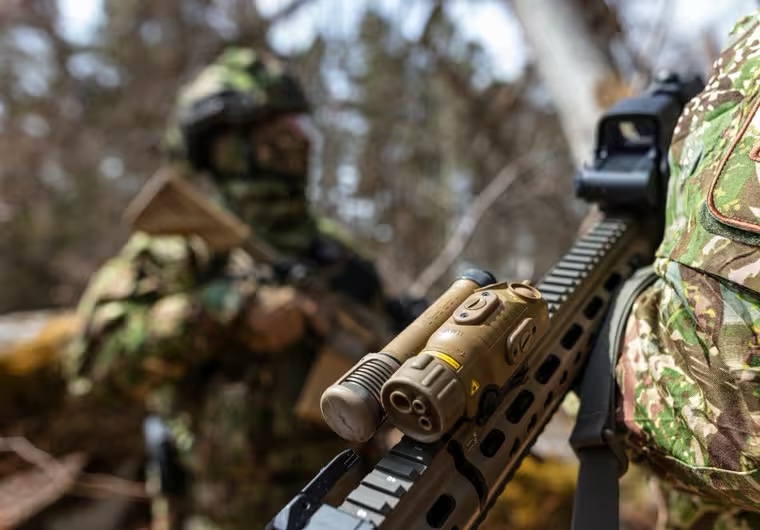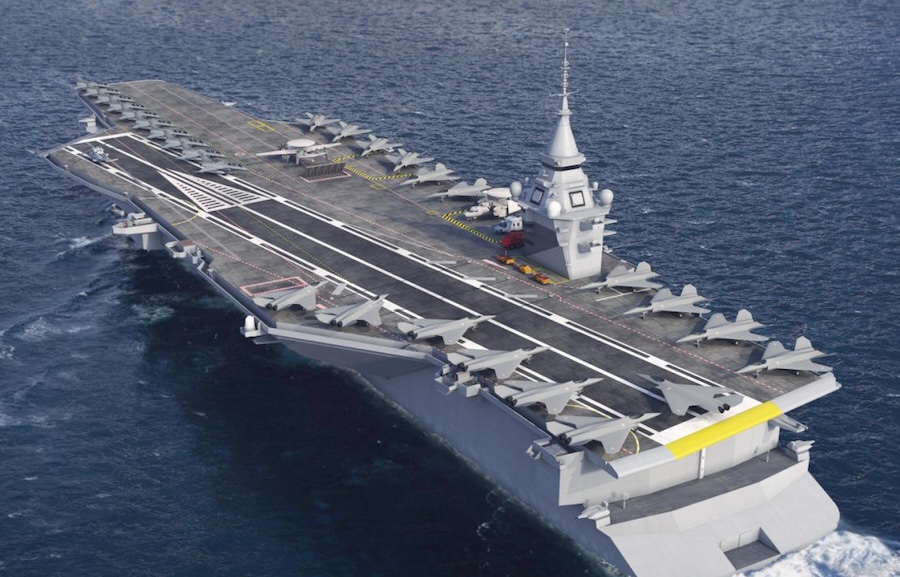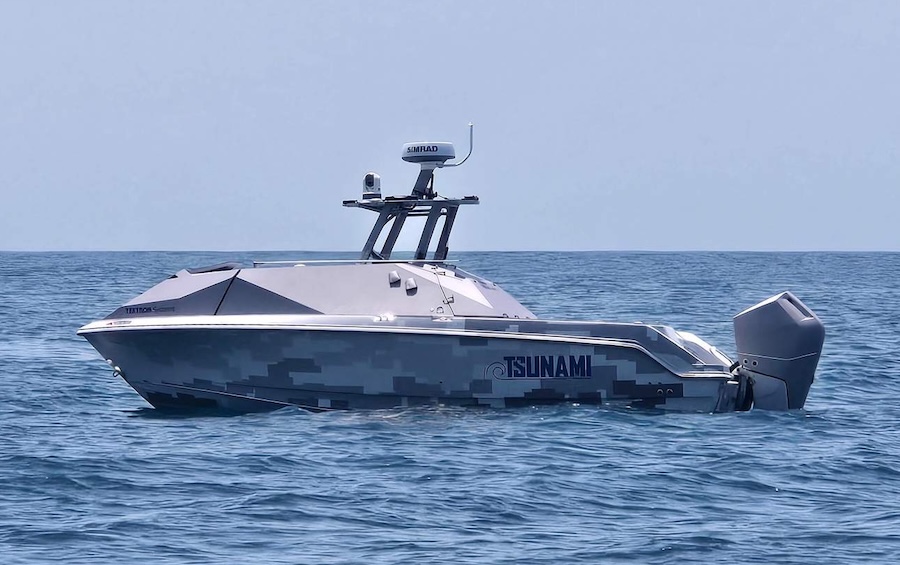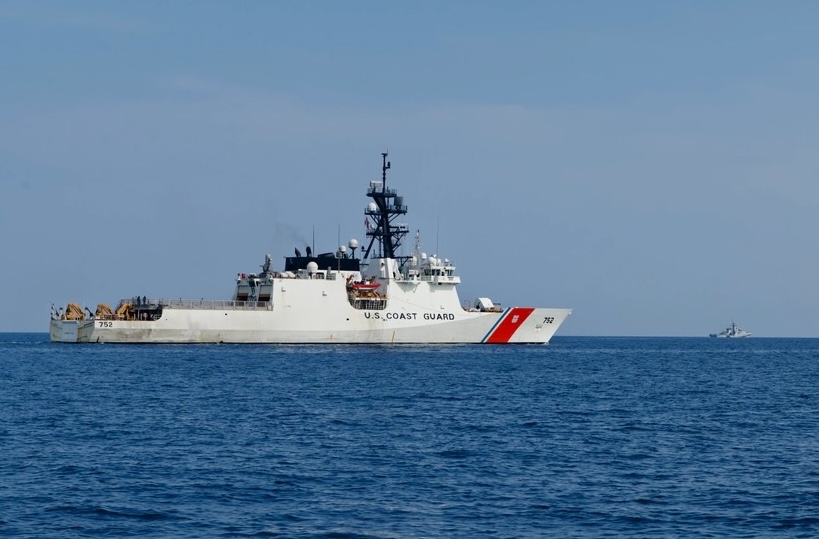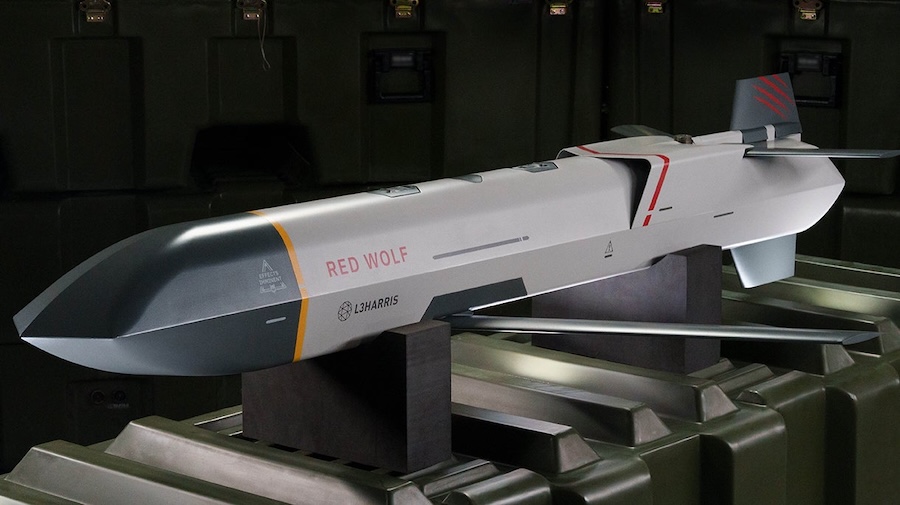Two U.S. Air Force C-17 Globemaster IIs transported Soldiers, CATVs, and mission-essential equipment from Fort Wainwright to Kotzebue. Upon arrival, two CH-47 Chinook helicopters from the 1st Battalion, 52nd Aviation Regiment conducted an air assault insertion, moving B Troop into position to begin operations.

Before the swim, Soldiers carried out reconnaissance across the tundra, where muskeg made navigation and movement especially difficult. “The tundra is a tough and unforgiving place. It will test both an individual’s physical and mental toughness,” said 1st Sgt. Austen Giles and Capt. Tanner Johnson in a joint statement.
The highlight of the mission came when crews swam the BAE Systems CATV across the saltwater lagoon along Kotzebue Sound. This was the first time the vehicle had been tested in Arctic waters north of the circle, facing rapidly changing tides, wind-driven waves, and cold, silty water.
“Kotzebue, for those who don’t know, is near the Arctic Ocean and north of the Arctic Circle,” said Lt. Col. Ludwig, 5-1 Cavalry Squadron commander. “So we had the opportunity this time to put them through the muskeg and drive them around the tundra when it was not frozen. And we also had the opportunity to swim them across some of the Arctic waters that they have up here, including some open-water, saltwater conditions and environments.”
Developed by BAE Systems, the CATV is designed to provide mobility in extreme Arctic conditions. Built for both rugged terrain and amphibious operations, its successful performance in Kotzebue demonstrated the vehicle’s ability to meet the Army’s operational needs in diverse environments.
The success of the mission was made possible through coordination among Army and Air Force units and the support of the Kotzebue community. “The community of Kotzebue has been nothing but supportive of our training,” Giles and Johnson said. “They helped move personnel and equipment, provided lodging and were part of the team that successfully conducted the CATV swim.”
Local residents also contributed knowledge of the land and water, helping Soldiers adapt to the challenges of Arctic operations. The mission highlighted that success in the region depends on advanced platforms such as the CATV, as well as strong partnerships with the communities that call the Arctic home.




